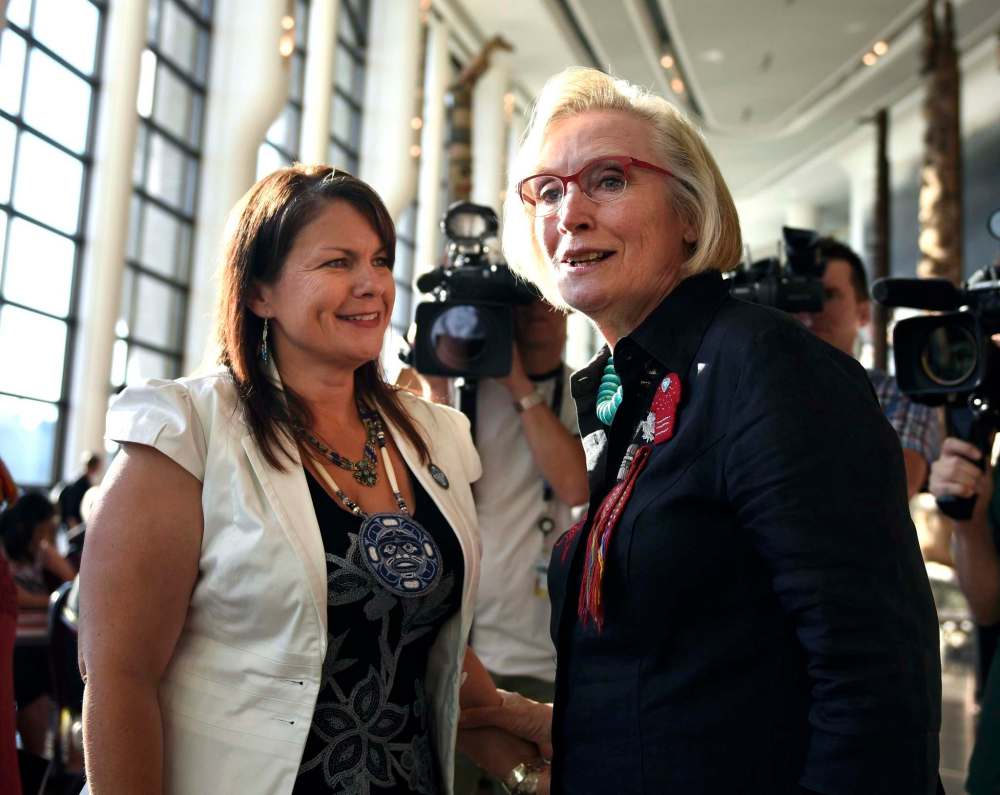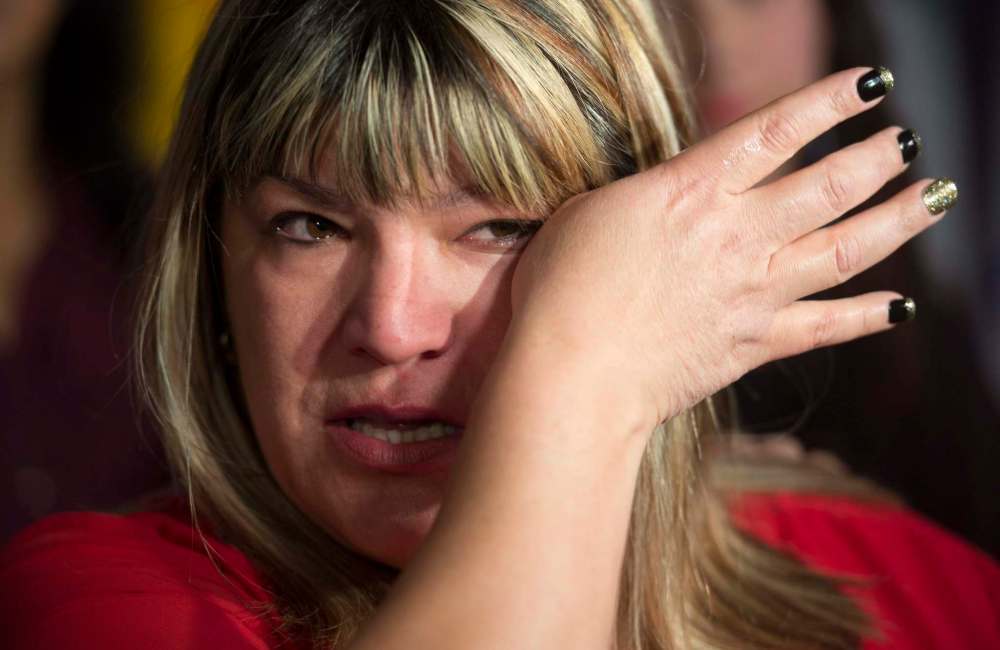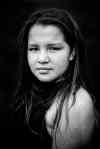The long, difficult journey
Federal government launches an inquiry into missing, slain indigenous women
Advertisement
Read this article for free:
or
Already have an account? Log in here »
To continue reading, please subscribe:
Monthly Digital Subscription
$0 for the first 4 weeks*
- Enjoy unlimited reading on winnipegfreepress.com
- Read the E-Edition, our digital replica newspaper
- Access News Break, our award-winning app
- Play interactive puzzles
*No charge for 4 weeks then price increases to the regular rate of $19.00 plus GST every four weeks. Offer available to new and qualified returning subscribers only. Cancel any time.
Monthly Digital Subscription
$4.75/week*
- Enjoy unlimited reading on winnipegfreepress.com
- Read the E-Edition, our digital replica newspaper
- Access News Break, our award-winning app
- Play interactive puzzles
*Billed as $19 plus GST every four weeks. Cancel any time.
To continue reading, please subscribe:
Add Free Press access to your Brandon Sun subscription for only an additional
$1 for the first 4 weeks*
*Your next subscription payment will increase by $1.00 and you will be charged $16.99 plus GST for four weeks. After four weeks, your payment will increase to $23.99 plus GST every four weeks.
Read unlimited articles for free today:
or
Already have an account? Log in here »
Hey there, time traveller!
This article was published 03/08/2016 (3389 days ago), so information in it may no longer be current.
OTTAWA — With totem poles, long houses and native artwork as her backdrop, Indigenous Affairs Minister Carolyn Bennett launched the long-awaited national inquiry on murdered and missing indigenous women on Wednesday.
The event at the Canadian Museum of History’s great hall was carefully crafted by a government appearing intent on proving it had listened intently, and with purpose, to everything said by families of murdered and missing indigenous women over the last several years.
“For me, personally, this journey began over a decade ago when I first met with many of the families who are here with us today,” Bennett said to an audience filled with families still searching for answers about their loved ones. “Their stories about their mothers, daughters, aunties and cousins who tragically had gone missing or were murdered were heartbreaking. It’s because of these courageous women and families who knew something was very wrong that we are here today.”
The event, which began with a sunrise ceremony and included performances from the Thunder Mountain Women Drum Group and two young Inuit throat singers, was at times emotional, as family members clutched photos, and held signs with names and dates of their loved ones who have been murdered or gone missing.
Justice Minister Jodi Wilson-Raybould, herself an indigenous woman, was near tears as she held an eagle feather and addressed the crowd about the fact indigenous women are far more likely to experience violence than non-indigenous women.
“We need to identify the causes of these disparities and take action now to end them,” she said. “The government of Canada is committed to doing better and we will take action together to reach the goal of eliminating, as much as we can, violence against Indigenous women and girls.”
Everything about the day appeared carefully crafted to show maximum government attention to everything families of missing and murdered indigenous women have said over the last seven months, and that it will now take a hands’ off approach. It even handed over research uncovered during a pre-inquiry consultation process to the five commissioners on a CD tucked inside a seal skin-lined birch-bark basket wrapped in a red Métis sash.

HOW IT WILL WORK
The inquiry is set to begin Sept. 1, and will be unlike almost any national inquiry this country has seen.
There is unlikely to be a courtroom-like setting where a presiding judge or judges hear from a parade of witnesses who are peppered with questions from teams of lawyers. Instead, the five commissioners hired by the government will be given an arm’s length mandate to do whatever they feel is necessary in a more informal way to ferret out the information needed to understand why indigenous women are more likely to be murdered, go missing or be victims of violence.
“No one asked for a sterile courtroom drama where people will be asked to testify,” Bennett said in a press conference at the Canadian Museum of History in Gatineau, Que. Wednesday morning.
It could include statement-taking from family members, as was done during the Truth and Reconciliation Commission, and informal gatherings and meetings with family members and survivors of violence.
The inquiry, funded with $53.8 million from Ottawa, will run from Sept. 1, 2016, until Dec. 31, 2018. An interim report with preliminary findings and recommendations is due Nov. 1, 2017. That is to include the commissioners’ assessment of existing investigations and reports they consider to be relevant. The final report is due Nov. 1, 2018.
The inquiry is not authorized to find criminal or civil wrongdoing itself, but if the commissioners feel information provided to them could be used in the investigation or prosecution of a criminal case, they are able to pass that information on to the appropriate authorities. As well, the commissioners can pass on information about possible misconduct by authorities to the appropriate investigative bodies.
The inquiry – which fulfills a Liberal election promise – was created based on what the government heard in meetings with more than 2,100 people since December, and 4,100 online submissions. A digital copy of the findings of that pre-inquiry process were given to the five commissioners in a birch-bark gift basket, lined with seal skin and wrapped in a red Métis sash.
The gesture was also intended to be a symbol that the government is giving the commissioners the reins to decide exactly how the rest of the inquiry will play out. The terms of reference call for them to investigate the systemic causes of violence against indigenous women and girls, including underlying social, economic, cultural and historical causes. They are also to investigate institutional policies and practices already implemented which have helped reduce the level of violence.
Beyond that the commissioners are to determine where the inquiry will operate and who it will hear from.
As a national inquiry established under federal legislation, the inquiry will have power to compel witnesses to appear and provide evidence, and to examine any records or documents belonging to a public office.
Families are to be part of the process, whether through giving statements to the commissioners about their experience, or as part of regional and issue-specific advisory committees which will be established by the commission to provide assistance and advice.
As well, to show the government doesn’t intend to wait for action until the commission reports back more than two years from now, Wilson-Raybould is setting aside $16 million over the next four years to create Family Information Liaison Units in every province and territory. The units will serve to help families get information about their loved ones.

REACTION TO INQUIRY
Those units are but one necessary step in this process to end systemic discrimination against indigenous women that leaves them to be thought of as unworthy, said Bernadette Smith.
Smith clutched a framed photo of her sister, Claudette Osborne-Tyo, who has been missing for eight years, as she sat and listened during Wednesday’s events. She said when her sister disappeared, all she got was an incident number, without any assistance to navigate the painful and difficult road of having a loved one go missing. The liaison offices should help other families, said Smith.
As for the inquiry as a whole, Smith’s verdict is still out.
“I’m optimistic definitely but I’m also pessimistic at the same time,” she said..
She said she has faith in the commissioners appointed but is concerned their links to the established justice system – a judge, lawyers and law professor are among the group – may be a barrier.
And she isn’t entirely sure yet how the families of the missing and murdered will fit it into the process.
But Smith was encouraged the mandate includes looking at biases and racism within the justice system – particularly in policing – that contribute to cases being given short shrift. Her sister’s disappearance wasn’t investigated for more than 10 days by police, who initially dismissed the family’s concerns because Osborne-Tyo was known to be addicted to drugs.
“I definitely wanted to hear that police are a part of this and that recommendations will be put forward for policy changes,” Smith said.
Smith was most upset however that the inquiry won’t force the reexamination of some cases, including cold cases and those deemed suicides or accidents but which the family feel were not properly looked at.
Manitoba NDP MLA Nahanni Fontaine said the legal limitations on a national inquiry mean it was never going to be given a mandate to investigate specific cases of missing or murdered women. But Fontaine said the inquiry can and should be an incentive for police to take it upon themselves to go back and review cases, take another look, reopen cold files.
“My hope is that is what the national inquiry will compel them to do,” she said.
Fontaine, elected to the legislature just a few months ago, has long been an advocate for families of murdered and missing women. She said she watched Wednesday’s ceremony launching the inquiry from Winnipeg with the brother of a woman missing since 2010, and he was unmoved by the whole thing.
“He can’t see how the national inquiry will actually help him,” she said. “And that’s okay.”
Fontaine said she doesn’t believe the inquiry itself will stop the violence, it’s what is done with what the commissioners find that will make the difference.
“As I watched everything live, it was in some respects really surreal that this day has actually come,” Fontaine said. “It’s going to be a long journey and a difficult journey but I’m hoping it will make us better Canadians.”
Manitoba Senator Murray Sinclair, who last year called for a national inquiry as the chair of the Truth and Reconciliation Commission, said Wednesday this inquiry has the opportunity to be revealing to Canada and the world.
“We will learn of things that will be hard to believe, and we will be challenged to do what we cannot now imagine,” said Sinclair.“In that way it will reflect the history of the relationship between Indigenous and non-Indigenous people and institutions. It will be an important opportunity for reconciliation to move forward in a significant way.”
mia.rabson@freepress.mb.ca







